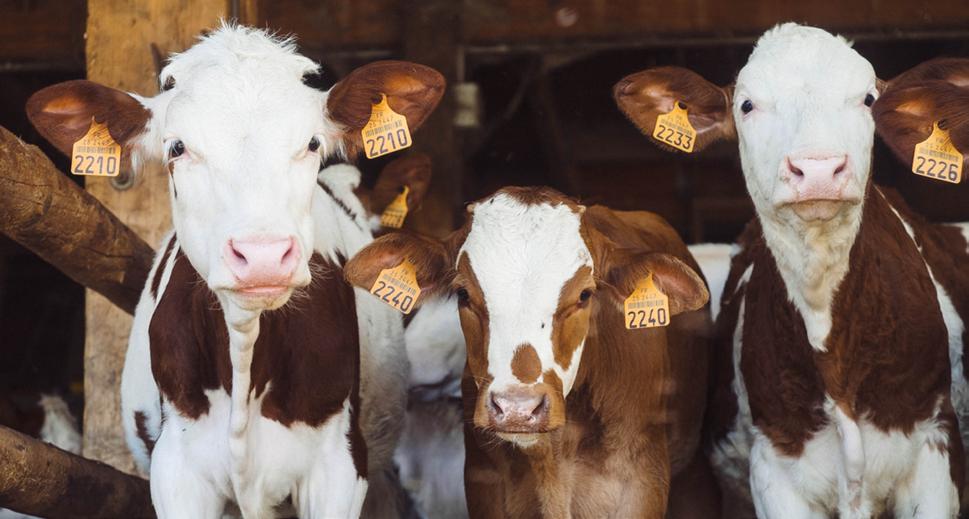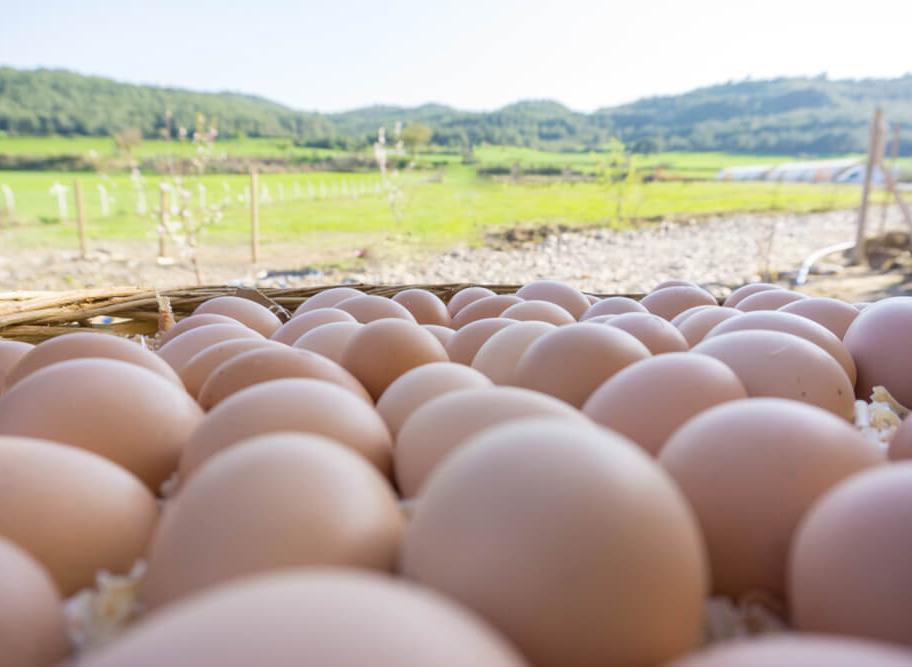
1 minute read
Dairy and egg commodities
by allmanhall
Milk
The price of milk is 30% higher than the 5-year rolling average.
The spring flush occurs as the calving season begins, cows produce more milk and can graze outside meaning prices (usually) decrease. On average a cow’s daily feed weighs around 50kg a day and includes a hearty mix of grass, maize, soya and wheat. The quality of the grass is measured in dryness, energy and protein and determines how much a cow needs to eat. At the end of March on average in the UK, grass contained 19.9% dry matter and 12.3 MJ/kg DM (energy). This would mean that a cow needs to eat around 80kg of grass a day. Whilst feed is a substantial cost to farmers, it is not the only cost they are fighting to absorb. The rising costs of fuel and fertiliser are an ongoing concern on top of chronic labour shortages.
These cost implications have also been affecting other dairy prices such as cream, butter, and skimmed milk powder. Looking ahead we would expect prices to fall and bringing about more stability.
Eggs
With UK egg prices nearly 35% higher than 5 years before, avian flu continues to drive prices up however this is not the full picture. Whilst avian flu has been hitting the headlines, farmers have been calling for higher prices since last April due to rising costs.

The UK has been facing its largest ever outbreak of avian influenza with more than 300 cases confirmed since October 2021. The risk of avian flu has meant that free-range birds have had to be kept inside and freerange eggs to be relabelled as barn eggs from from 27 February - 18 April.
As a result of rising input prices UK egg production declined by 7.8% in 2022, a reduction of over a billion eggs.
The egg price increases continue worldwide as well as in the UK. In February the average price of EU eggs increased by 1.5%, a 71.3% annual increase.










